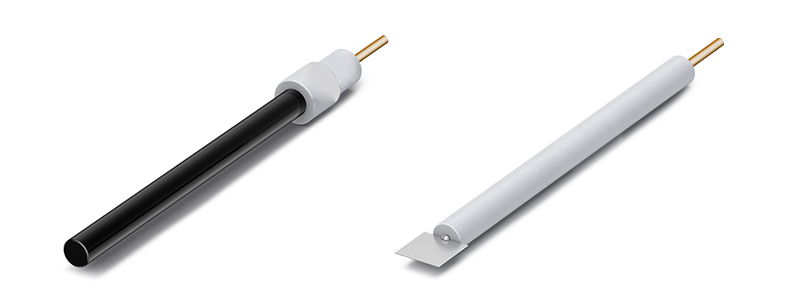An electrode is an electronic conductor or semiconductor that comes into contact with an electrolyte solution or electrolyte, forming a multiphase system. Electrodes play a critical role in enabling the input or output of electrical energy in electrochemical systems and serve as the sites for electrode reactions. In general, an electrochemical system typically consists of a three-electrode system, comprising the working electrode, reference electrode, and counter electrode.
The counter electrode (CE), also known as the auxiliary electrode, is a critical component that, along with the working electrode, completes the circuit, allowing smooth electrical current flow to ensure that the reactions under study occur on the working electrode. Compared to the working electrode, the counter electrode should possess a larger surface area to ensure that the externally applied polarization voltage affects the working electrode. It should have low resistance and be less prone to polarization. The shape and position of the counter electrode also influence experimental results. Common counter electrodes include various specifications and sizes of platinum electrodes or graphite rod electrodes.
| Type | Name | Specification | Material |
| Counter Electrode | Platinum Electrode | Straight | Electrode Sheath: PTFE Platinum Purity: 99.99% Electrode Connector: Gold-plated Copper Rod Platinum Sheet Size/mm: 5x5, 5x10, 10x10, 10x15, 15x15, 15x20, 20x20, 30x30, or Customized Platinum Sheet Thickness/mm: 0.1, 0.2, 0.3 |
| Graphite Rod Electrode | Straight | Electrode Sheath: PTFE Graphite Origin: China, Japan Electrode Connector: Gold-plated Copper Rod |
